Gaia’s Guardian
Impressions of Sônia BONE Guajajara
Gaia is the ancient Goddess of the Earth, Mother of all the universe.
Indigenous, Brazilian environmental activist and politician, Sônia Bone Guajajara has been in the forefront of her country’s environmental movement against deforestation and land grabbing.
Sônia Bone Guajajara, Audiencia Publica Comissão de Cultura da Câmara
“Fighting for the climate today is fighting for Indigenous people to be heard.
It is fighting for the right to consultation.
It is fighting for existence on the planet! ”
sculpture of Pachamama (Mother Earth) in the mountains surrounding Esteli. Image via ieu.greenclimate.fund ©gaborbasch
Before the arrival of the Portuguese, French and Dutch colonizers of Brazil, the Indigenous people living in the country followed their own spiritual beliefs with their own stories about the creation of life and resultant codes of conduct — all connected to living in harmony with nature.
Primeira Missa no Brasil, Victor Meirelles, 1861, reprodução: jovensconectados
Colonial practices destroyed much of the Brazilian forest. Mining practices and cattle raising have significantly harmed the land and disrupted the ecosystems.
This is due largely to colonial conceptions of the natural world as a disposable commodity with no inherent value. This conception also reflects colonial attitudes towards Indigenous people, African people (35% of all Africans captured during the Atlantic slave trade were sent to Brazil) and towards women in general.
Tropical, Anita Malfatti, 1917, Pinacoteca de São Paulo, Brazil
In Western Art, nature deities were often depicted as female: beautiful and young; simultaneously vulnerable and treacherous.
Hylas and the Nymphs, John William Waterhouse, 1896, Manchester Art Gallery, image via Wikipedia
The Dryad, Evelyn De Morgan, 1884-85, De Morgan Centre, London, image via Wikipedia
Today more than 450 thousand Indigenous People in Brazil struggle to maintain their culture in the midst of civilization and overwhelming destruction of the natural world.
Davi Kopenawa at 2014 International Literary Festival of Paraty. Photo by Fernando Frazão/Agência Brasil CCBY3.0
“You have schools, we don’t — but we know how to look after the forest.”
With their unrivalled knowledge of their plants and animals, Indigenous people play a crucial role in conserving biodiversity.
Antropofagia (Anthropophagy), Tarsila do Amaral, 1929, oil on canvas, 126 x 142 cm, Fundação José and Paulina Nemirovsky Collection, São Paulo
“According to scientific studies, indigenous lands are currently the most important barrier to Amazon deforestation.”
Gruta da imprensa 2, Anita Malfatti
Sônia Bone Guajajara
“My mission is to make the larger society see the huge potential of indigenous people to help preserve life. And how our way of life naturally acts as a barrier against chaos.
The world needs us badly, because the way we live and act can help avert this wave of disaster and destruction that is approaching.”
An Indigenous, Brazilian environmental activist and politician, Sônia Bone Guajajara is one of the most prominent indigenous leaders of Brazil. For years she has been in the forefront of her country’s environmental movement. Her work on a national level regarding deforestation and land grabbing has brought her international attention.
Born, March 6, 1974, Maranhão; Sônia Bone Guajajara became a Socialism and Liberty Party candidate for vice-presidency of Brazil in 2018; and was named to the Brazilian Ordem do Mérito Cultural in 2015. She is also the leader of the Association of Indigenous Peoples of Brazil, which represents around 300 indigenous ethnic groups.
When Sônia Guajajara spoke at a global climate conference in New York in November 2019, she asked her audience: “What image is shocking the world today?”
The Amazon rainforest on fire. photo via geospatialworld.net
The Amazon: on fire.
Sônia reminded her listeners that this didn’t just happen, the Amazon is being deliberately set on fire. And this fire — authorized and legalized by the political and economic forces of Brazil —is killing Indigenous people and destroying their homelands.
Landscape at the Rio das Pedras, Jose Ferraz de Almeida Junior, 1889, Museo de Arte de Sao Paulo (MASP), Sao Paulo, Brazil
Like Medusa — assaulted, raped, prohibited from practicing her spiritual path, cursed and banished, hunted and finally murdered — Indigenous People are not being asked for their consent, they are not being given the space to say yes or no.
Moema, Victor Meirelles, 1866
Indigenous people are not authorizing a predatory relationship with Mother Earth.
This is being forced upon them against their will.
Like Medusa, they are not being consulted. Their lands have been seized, their people murdered.
Black Boy, Jose Ferraz de Almeida Junior, 1850
O Último Tamoio (The Last Tamoio), Rodolfo Amoedo, 1883
With the Amazon on fire — an institutionalized genocide of indigenous peoples is taking place in Brazil.
Last year Zezico Rodrigues Guajajara, a prominent indigenous leader from Araribóia indigenous territory in Brazil's Amazonian state of Maranhão, was assassinated. He was the fifth indigenous leader to be killed in five months.
Medusa, Gian Lorenzo Bernini, 1630, Capitoline Museums, Rome. Image © piotrwzk/Shutterstock.com
Medusa is hated and feared and portrayed as a monster, just as Indigenous People are frequently portrayed as an enemy to a nation’s progress and development.
Índia e Mulata, Candido Portinari, 1934. Image via WikiArt
Sonia Guajajara said:
“If any of you wants to date me, who do you have to ask? Me.
If I say no it’s no. If I say that no means no and you insist. What is that?
It is assault, it is abuse, it is rape.”
In the Summer, Eliseu Visconti
“This is exactly what is happening today with — with women and with Mother Earth.
She is being raped.
Raped by mining, by the railroads and raped by the poison of pesticides in our foods and dams in the water.”
Discovery of Gold, Candido Portinari, 1941
A Forja, Georgina de Albuquerque
The Rio Doce is a river in southeast Brazil. In 2015 the collapse of a dam released highly contaminated water from mining into the river, causing an ecological disaster, and threatening life all along the river and into the Atlantic sea near the mouth of the river. About 60 million cubic meters of iron waste flowed into the rio Doce. Toxic brown mudflows reached the Atlantic Ocean 17 days later.
What do you think of a world and society whose core values include a model of destruction that is killing Indigenous peoples, destroying the environment and continually raping Mother Earth?
A Lua (The Moon) Tarsila do Amaral, 1928. Image via WikiArt
Perseus with the head of Medusa, Benvenuto Cellini, 1554, Vatican Museums. Image via WikiArt
The world is failing to listen to the ancestral wisdom of Indigenous Peoples.
Like Medusa, Indigenous People are being cut down.
Silenced.
Their voices are not being heard.
They are not being consulted.
Landscape with a Canoe in the Border, Alfredo Andersen, 1922
For Sônia Guajajara, fighting for the climate today is fighting for Indigenous peoples to be heard. It is fighting for the right to consultation. It is fighting for existence on the planet.
Rio de Janeiro, Tarsila do Amaral
I think it’s time we listen. And that’s why I painted my impressions of her in Eyeing Medusa.
Like Medusa, when Indigenous people are denied their territorial rights, they are also losing the right to live.
Transformation (Woman with Mirror), 1974, © Salvador Dalí, Fundació Gala-Salvador Dalí, Figueres, 2017
I dare you to look in the mirror and face your Medusa. Consider how it hits you knowing that every rape, every violation is not just a violation of rights but a denial of sacred lives.
A Negra, Tarsila do Amaral, 1923
When a people and cultures are destroyed, when their land is stolen, they have no future.
O Mestiço, Candido Portinari, 1934, image via WikiArt
What gives us the right to do this? Just so someone like Perseus can have a trophy and Athena can have Medusa’s head on a shield?
Pallas Athena holding a shield with Medusa's head in her right hand and a lance in her left hand, from a series of mythological gods and goddesses; Giovanni Jacopo Caraglio, 1526, Metropolitan Museum of Art
This fundamental sense of entitlement which is built into the very fabric of western philosophy is really toxic.
Is bottled water, gold or oil really more precious or important than life?
O Ciclo do Ouro (The Cicle of the Fold), Rodolfo Amoedo, 1893, image via WikiArt
Moving forward, let us ask ourselves: What part do we want to play in these stories and in the future of the planet?
Are we here, like Poseidon to rob Medusa/Gaia of her power, impose our will upon her and demand she act against her core values?
Bronze figure of Neptune, cast from a model by Gianlorenzo Bernini, 1598-1680) Rome, Image via Christies
Are we here like Perseus, to cut her down like trophy-hunting poachers?
Antonio Canova(1757 - 1822), Perseus with the Head of Medusa in the Metropolitan Museum of Art, New York, NY. photo © Ad Meskens
Are we here like Athena — proclaiming our own glory while we appropriate and defame the very people we have robbed?
As uncomfortable or difficult as it may be, it is time to acknowledge the devastating impact of colonialism and start listening to the ancient wisdom of the caretakers of this earth.
GAIA
As Mother Earth, Gaia is considered to be a later version of the pre-Indo-European Great mother.
Seated Woman of Çatalhöyük, Museum of Anatolian Civilizations, Ankara, Turkey. Image via WikiArt
Snake Goddess, Minoan Neo-palatial Period, Greece, c. 1500 BC. image via artspace
Gaea, Anselm Feuerbach, 1875, Ceiling painting, Academy of Fine Arts Vienna, photo via Wikipedia
In Greek mythology, Gaia is known as the ancestral mother of all life.
It is said the god Apollo killed Gaia’s child, Python, and thereby usurped her chthonic power.
We must stop trying to steal her power.
The triple goddesses Demeter, Persephone and Hecate may also be considered aspects of Gaia.
The Venus of Willendorf was likely an ancient mother or earth goddess.
Venus of Willendorf, Gravettian Period, Austria c. 25000 BC. Photo credit: artspace
Ala, Igbo Goddess of the earth and fertility
Ala, is an Igbo African goddess of the earth, fertility and morality. Often depicted with a small child in her arms, her symbols are the crescent moon and the python.
Connections & Contrasts with other Women in Art
References
- https://en.wikipedia.org/wiki/Gaia
- https://www.afn.ca/honoring-earth/
- https://www.afn.ca/Home/
- https://www.survivalinternational.org/tribes/brazilian
- https://www.survivalinternational.org/news/1400
- New Larousse Encyclopedia of Mythology, Hamlyn Publishing Group Ltd., New York, 1959
- Ancient Mirrors of Womanhood, Merlin Stone, Beacon Press, Boston, 1984
- When God Was A Woman, Merlin Stone, Harvest Edition, 1976
- The Civilization of the Goddess, The World of Old Europe, Marija Gimbutas, HarperCollins Publishers, 1991
- The Language of the Goddess, Marija Gimbutas, HarperRow publishers, San Francisco, 1989
- https://www.artspace.com/magazine/art_101/book_report/phaidon-goddess-list-53182
- https://en.wikipedia.org/wiki/Ala_(odinani)
- https://sspx.ca/en/news-events/news/look-back-pachamama-scandal-52244
- https://ieu.greenclimate.fund/blog/mother-earth-day-andes
- https://en.wikipedia.org/wiki/Colonial_Brazil
- https://www.dailyartmagazine.com/women-by-anita-malfatti/
- https://www.geospatialworld.net/blogs/satellite-images-show-devastating-amazon-rainforest-fire/
- https://www.iucn.org/crossroads-blog/201803/changing-tide-rio-doce-bringing-a-river-back-life
- https://www.survivalinternational.org/news/12060
- https://en.wikipedia.org/wiki/Mother_goddess
















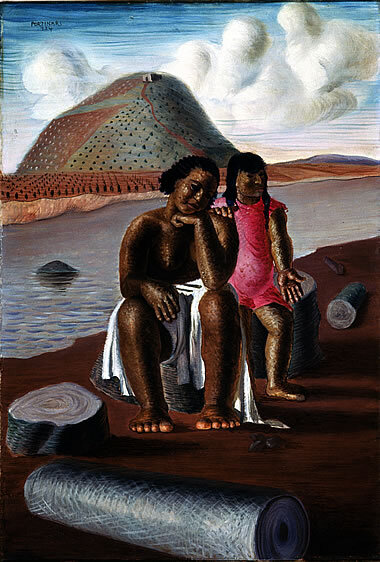

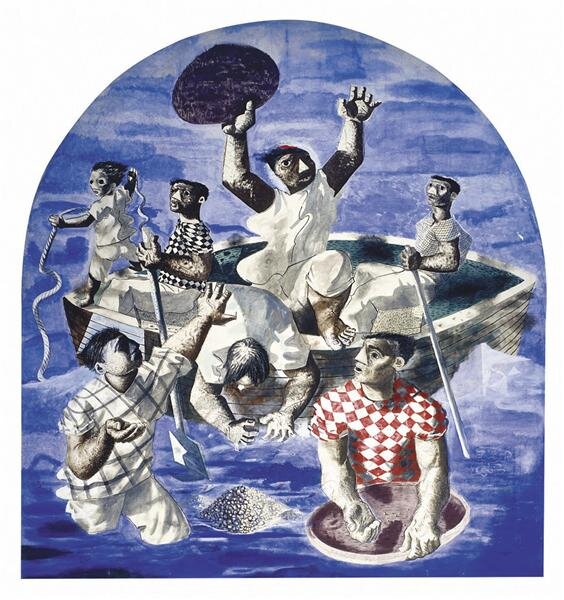
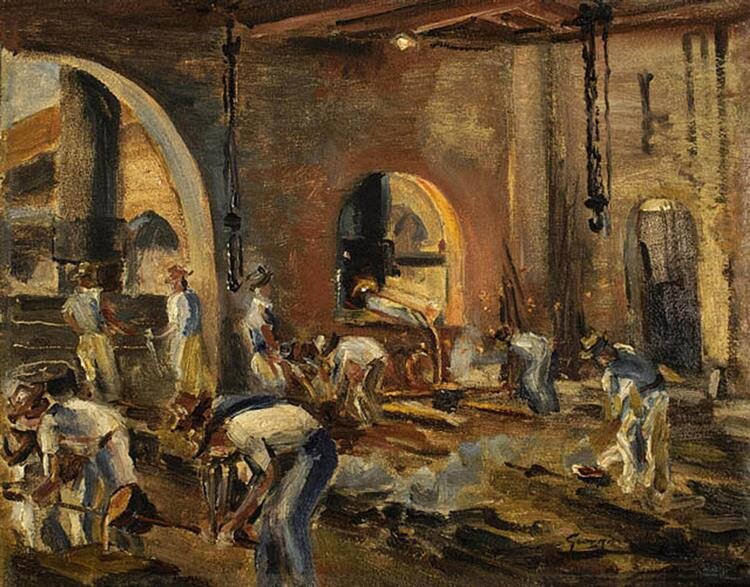



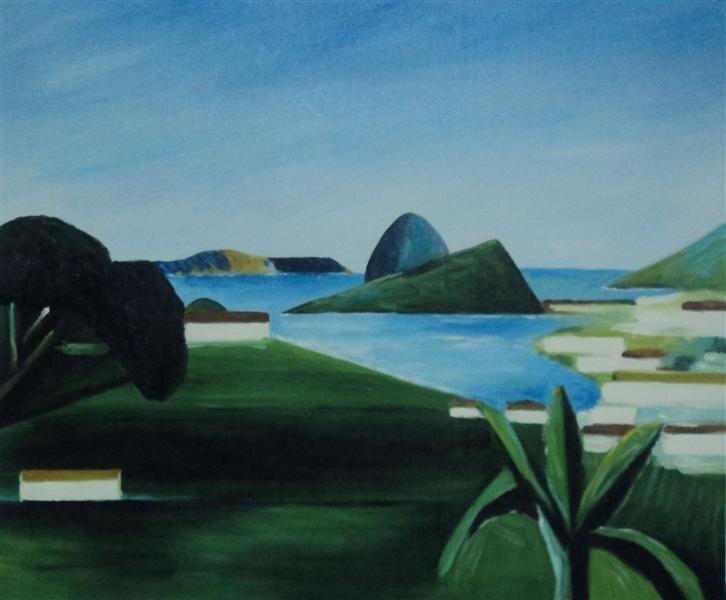



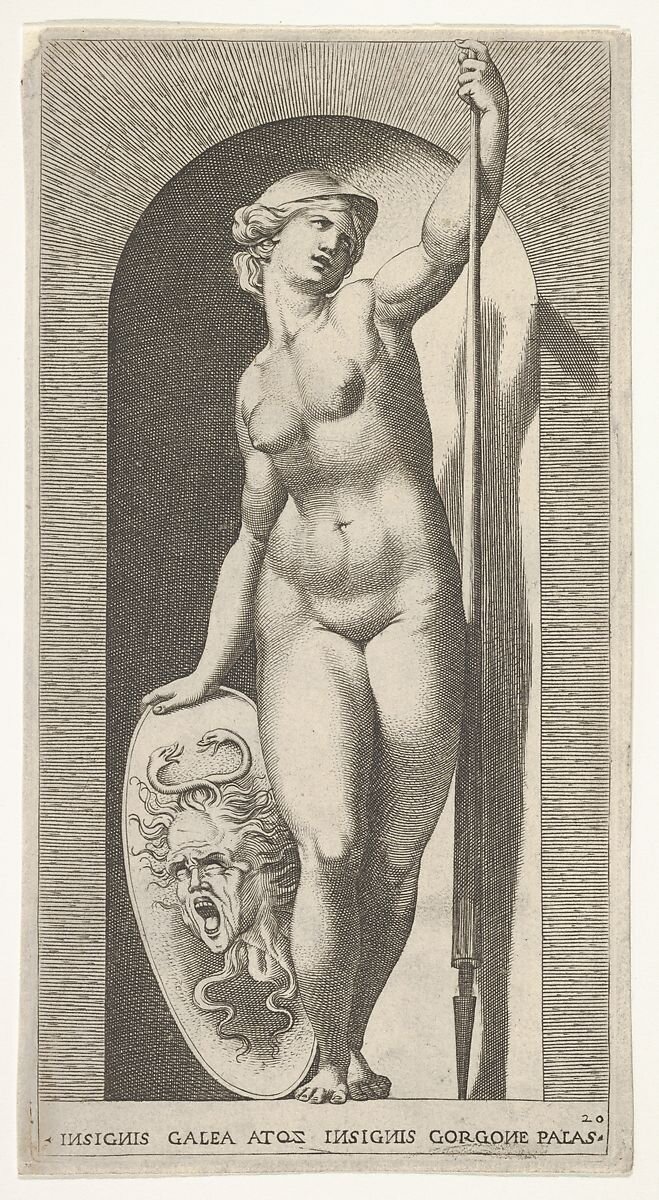










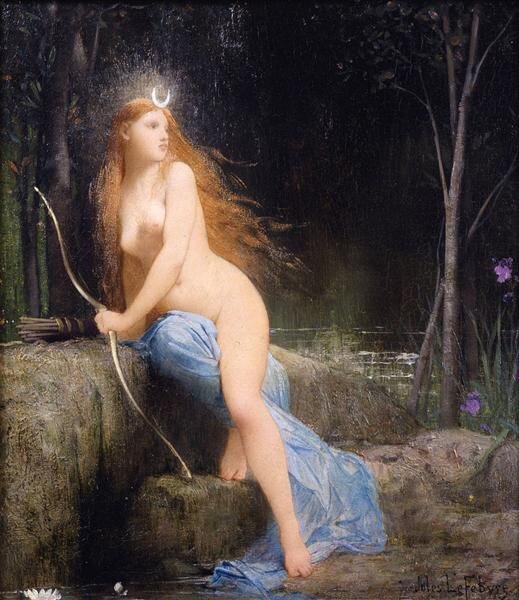


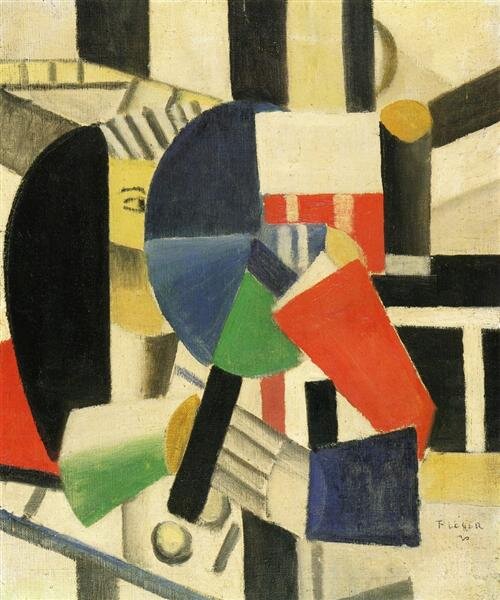
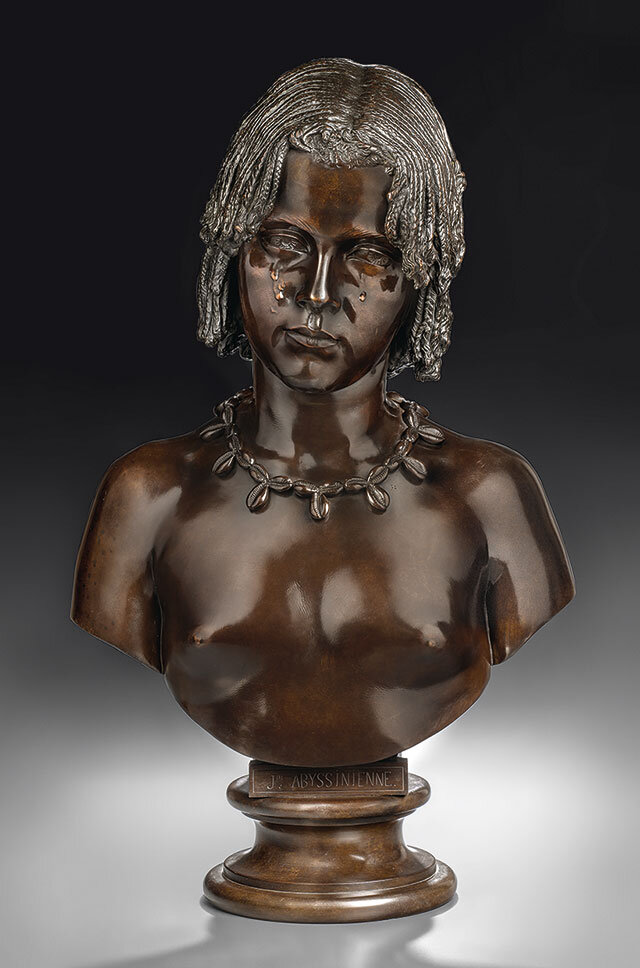
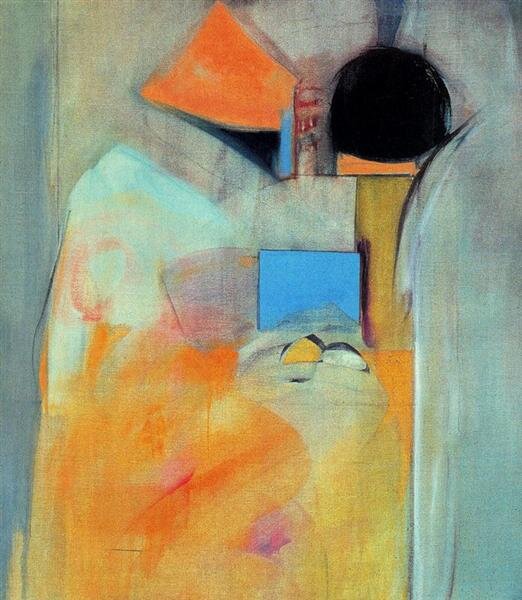
Amanta Scott, encaustic on canvas on panel, 102 x 102 cm, 2019